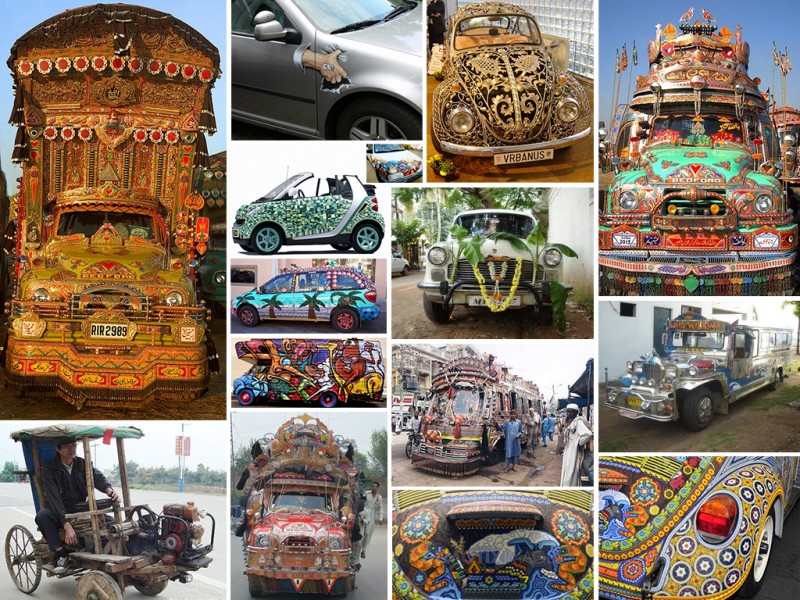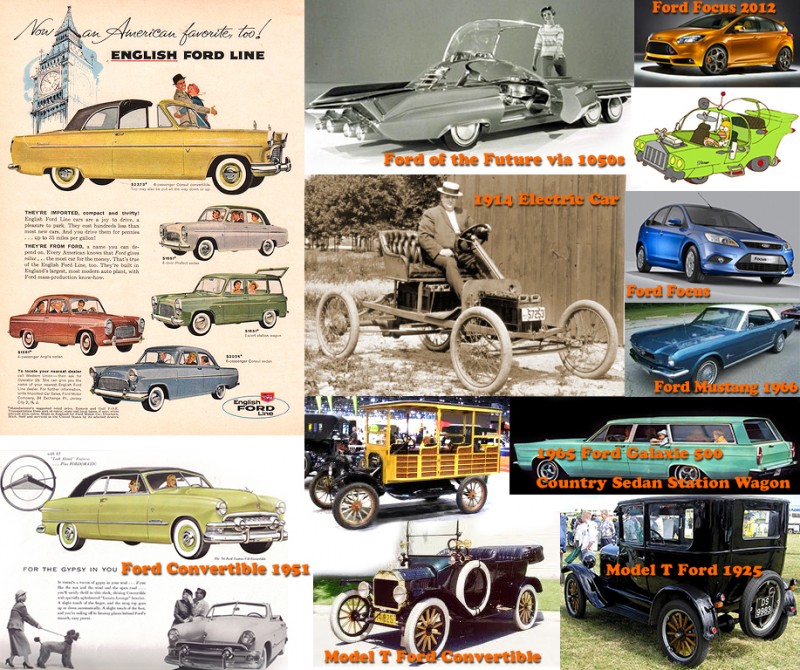
Which car do you find more pleasing? Which car would evoke a feeling of envy? Would you shake your head or starting thinking of how you can improve on the looks of your car? Which car’s origin would you place in the South Asia? Which in South America? Which owner cares about the aerodynamic qualities of the vehicle? Regardless of your personal feelings, the owners of these automobiles have clearly invested a tremendous amount of energy and effort into making them look like this and are very proud of the results!
Telling a Story
Each of the vehicles above tells a story about its owner and about its culture. The story conveys information:
- the owner’s goals for the car: utility or status symbol or both
- cultural value of design
- cultural symbols
- owner’s attitude towards possessions (e.g.: How long is the car expected to stay with one owner?)
- owner’s place in the social hierarchy
- owner’s unique identity
- owner’s investment into the vehicle (e.g.: time, money, skill, etc.)
- the perceived value of the vehicle to its owner
These stories of cars and their owners change from culture to culture, from place to place, and of course in time. What we consider beautiful in closely intertwined with what we consider rare (e.g.: gold), what we value as a cultural norm (e.g.: milage), what skills we admire (e.g.: artistry, engineering). When we watch a car commercial on TV that tells the story of value through functionality of design, we recognize this functionality as beautiful.
Evolving Story
Sometimes is difficult to “see” value in artifacts of a foreign culture. Since this is an American blog, consider the changes in cultural values represented by the evolution of car design in the last 100 years.

This is the story of a cultural values as told by the design evolution of Ford. Note the 1914 electric car in the center. It wasn’t valuable (thus not very attractive) because the cost of electricity in comparison to the cost of fossil fuels was astronomically high, making cars running on butteries impractical.
Story of Beauty, Tale of Social Status
Or consider the story of tan. For centuries, darker skin was considered unattractive. Once cultural explanation for wearing burkas is that it works as sun screen and maintains youthful and light skin on the faces of women. Women who had to work in the fields, we exposed to harsh sunlight and were significantly darker than women of higher means (higher up of the social ladder) who didn’t have to work. Thus the darkness of the skin was a direct indication to social status. To this day, lightning creams are sold all over the world and marriage prospects for women with lighter skin in Asia are rosier…
Interesting that exactly the opposite trend happened in Europe. There it was the wealthy who could travel to South and had the time to lie on the beach to get some tan. So a darker skin tone was an indicator of social status in exactly the opposite way in Northern Europe from Southern Asia.
Now that we know that ultraviolet rays do more than just darken the skin—they actually cause cancer and wrinkles—the pendulum of cultural opinion on tan is swinging the other way. Less is more once again. So just as with cars, cultural opinions and knowledge (p-prims of a particular culture) define what is beautiful.
*****
In the next blog, I’ll talk about product value: evolving ways in which we showcase our place in the society; how what we own tells a story of what’s important to our culture; and how our culture tells us what to want.
